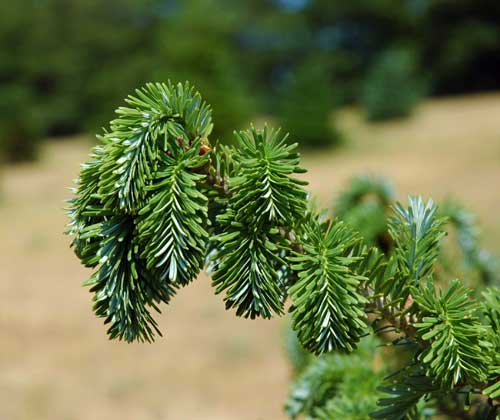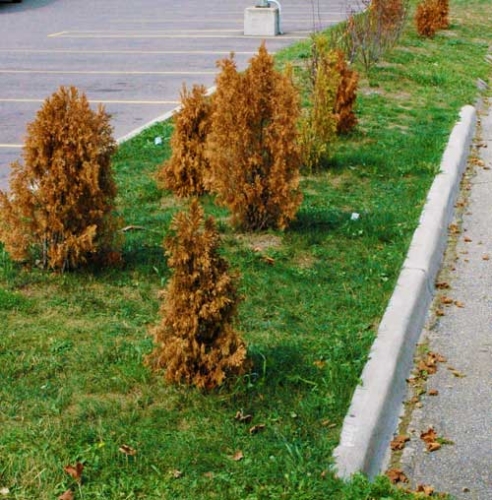Shade trees and conifers showing effects of tough summer
Fall tree care is essential to help trees prepare for winter.
The summer of 2012 has been one for the record books in terms of heat and drought. Most observers agree that we’d have to go back to 1988 to find a comparable year in terms of hot temperatures and lack of rainfall. Not surprisingly, this summer’s extreme weather has taken a toll on many landscape plants, especially shade trees and conifers.
The severity of the 2012 drought is evidenced by the fact that we have seen dramatic impacts, even on well-established trees. Normally, we focus our concern during hot, dry weather on recently transplanted trees that are still establishing their root systems. This year, however, we are seeing large, established trees dropping leaves, turning color early and showing other severe drought symptoms.
The situation has been especially dire in western Lower Michigan, where heat and drought combined with relatively light, sandy soils with low water-holding capacity have resulted in widespread drought-related tree mortality.
In assessing and caring for trees during this time, it is important for homeowners and landscapers to keep a couple things in mind.
Trees can often recover from severe drought stress if given a chance
This is especially true for deciduous trees. Many shade trees will shed leaves – perhaps even all their leaves – in response to drought stress. This is the ultimate water-saving adaptation in some species. Even though a tree in this condition may appear to be a goner, it may re-flush later in the year or the next spring.
It’s not too late to water
While we’re unlikely to see temperatures in the upper 90s and 100s again this year, soil moisture is still limiting in most areas of the state. Reducing water stress in the fall is important to help ensure that trees can properly harden off to face the upcoming rigors of winter in Michigan.
Conifers need love, too
Drought stress effects on deciduous trees are often obvious such as wilting or shedding leaves. Drought impacts on conifers, on the other hand, are often more subtle. Look for wilted or drooping leaders (Photo 1), or for shedding of needles on interior portions of the tree. Unlike deciduous trees, evergreen conifers are much less likely to recover if all of their foliage becomes desiccated (Photo 2).

Photo 1. Droopy leader.

Photo 2. Conifer drought.
Most of the tips we provided earlier on helping trees cope with drought (see the article The do’s and don’ts of irrigating landscape plants) also apply to conifers. One important factor when watering evergreens is to apply water to soil under the dripline, not on the foliage itself. This helps reduce the potential for promoting foliage diseases.
Additional information
- MSU Extension’s Drought Resources
Dr. Cregg’s work is funded in part by MSU’s AgBioResearch



 Print
Print Email
Email

